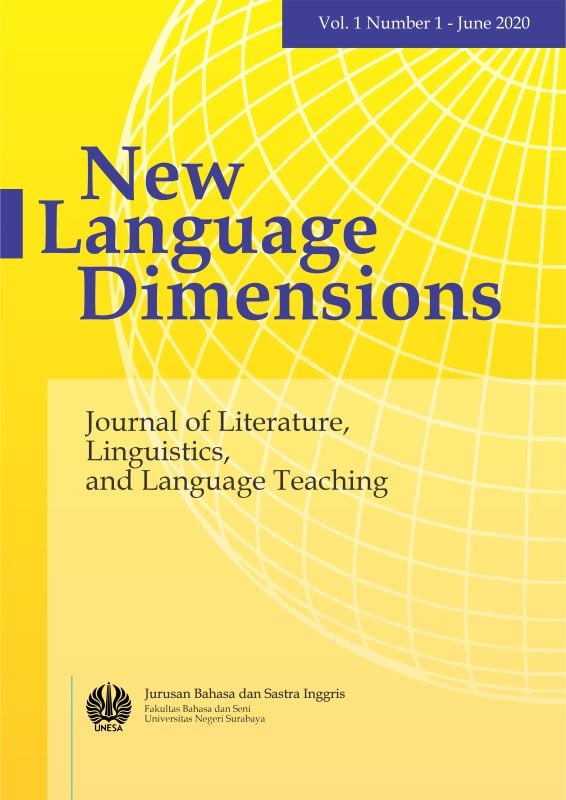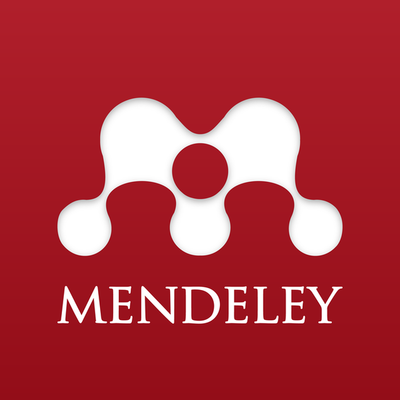The Implementation of Creative Learning Models in Teaching Writing in Junior High School
DOI:
https://doi.org/10.26740/nld.v1n1.p10-21Abstract
Creative learning is a learning process that requires teachers to motivate and bring up the students creativity, both in the context of creative thinking and in the context of creative in doing things during the learning process, using a variety of learning methods and strategies, such as group work, problem solving, and so on. In line with creative learning, this study further aims to describe the development of learning devices (i.e. RPP) and the implementation of learning activities that use creative learning models in teaching writing skill in Junior high School. Based on the results of data analysis, it can be concluded that most of the RPPs developed had included all the components of RPP in detail, start from school identity to the assessment. While related to the implementation of learning activities that use creative learning models in teaching writing, it can be concluded that the implementation had applied creative learning models in three learning activities, they are pre, whilst, and post activities.Downloads
References
Ary, D., Jacobs, L. C., Razavieh, A., & Sorensen, C. (2010). Introduction to Research in Education (Eighth Ed.). Belmont: Wadsworth Cengange Learning.
Boas, V. (2011). Process Writing and the Internet: Blogs and Ning Networks in the Classroom. Retrieved September 29, 2008, from http://English Teaching Forum Journal, Vol. 49 (2) pp. 26-33.
Bransford, J.D. and Stein, B.S. (1993). The Ideal Problem Solver: A Guide for Improving Thinking, Learning, and Creativity. New York: freeman, Ltd.
Brown H. D. (1994). Principles of Language Learning and Teaching. 3rd Edition. Englewood Cliffs, NJ: Prentice Hall Regents.
Brown, H., & Ciuffetelli, D.C. (Eds.). (2009). Foundational Methods: Understanding Teaching and Learning. Toronto: Pearson Education.
Bruner, J. S. (1961). The Act of Discovery. Harvard Educational Review.
Dahlan. (1990). Model-model Mengajar. Bandung: Diponegoro.
Duch. (1995). Pembelajaran Berbasis Masalah. Jakarta: Sejarah Indonesia.
Gebhard, J.G. (2000). Teaching English as a Foreign or Second Language. Ann Arbor: The University of Michigan Press.
Hague, A. (2003). The Essentials of English. New York: Pearson, Inc.
Hosnan. (2014). Pendekatan Saintifik dan Kontekstual dalam Pembelajaran Abad 21. Bogor: Ghalia Indonesia.
Jacobs, H.L. et al. (1981). Testing ESL Composition: A Practical Approach. Rowley: Newbury House Publishers, Inc.
J.B Heaton. (2006). Writing English Language Tests. London: Longman, Ltd.
Indrawati and Wawan Setiawan. (2009). Pembelajaran Aktif, Kreatif, Efektif dan Menyenangkan untuk Guru SD. Jakarta: PPPPTK IPA.
Marsh, C. (1996). Handbook for Beginning Teachers. Sydney: Addison Wesley Longman Ltd.
Meyers, A. (2005). Gateways to Academic Writing: Effective Sentences, Paragraph, and Essays. New York: Longman.
Peraturan Menteri Pendidikan dan Kebudayaan (PERMENDIKBUD). (2016). Peraturan Menteri Pendidikan dan Kebudayaan Nomor 22 Tahun 2016 tentang Standar Proses Pendidikan Dasar dan Menengah. Jakarta. Permendikbud.
Richards, J. C. and W. A. Renandya. (eds.). (2002). Methodology in Language Teaching: An Anthology of Current Practice. Cambridge: Cambridge University.
Swales, J. (1990). Genre Analysis: English in Academic and Research Settings. Cambridge, UK: Cambridge University Press.
Trianto. (2007). Model-model Pembelajaran Inovatif Berorientasi Konstruktivistik. Jakarta: Prestasi Pustaka.
Wiersma, W. (2000). Research Methods in Education: An Introduction. New York: Pearson/Allyn and Bacon, Ltd.
Downloads
Published
Issue
Section
 Abstract views: 508
,
Abstract views: 508
, PDF Downloads: 509
PDF Downloads: 509











